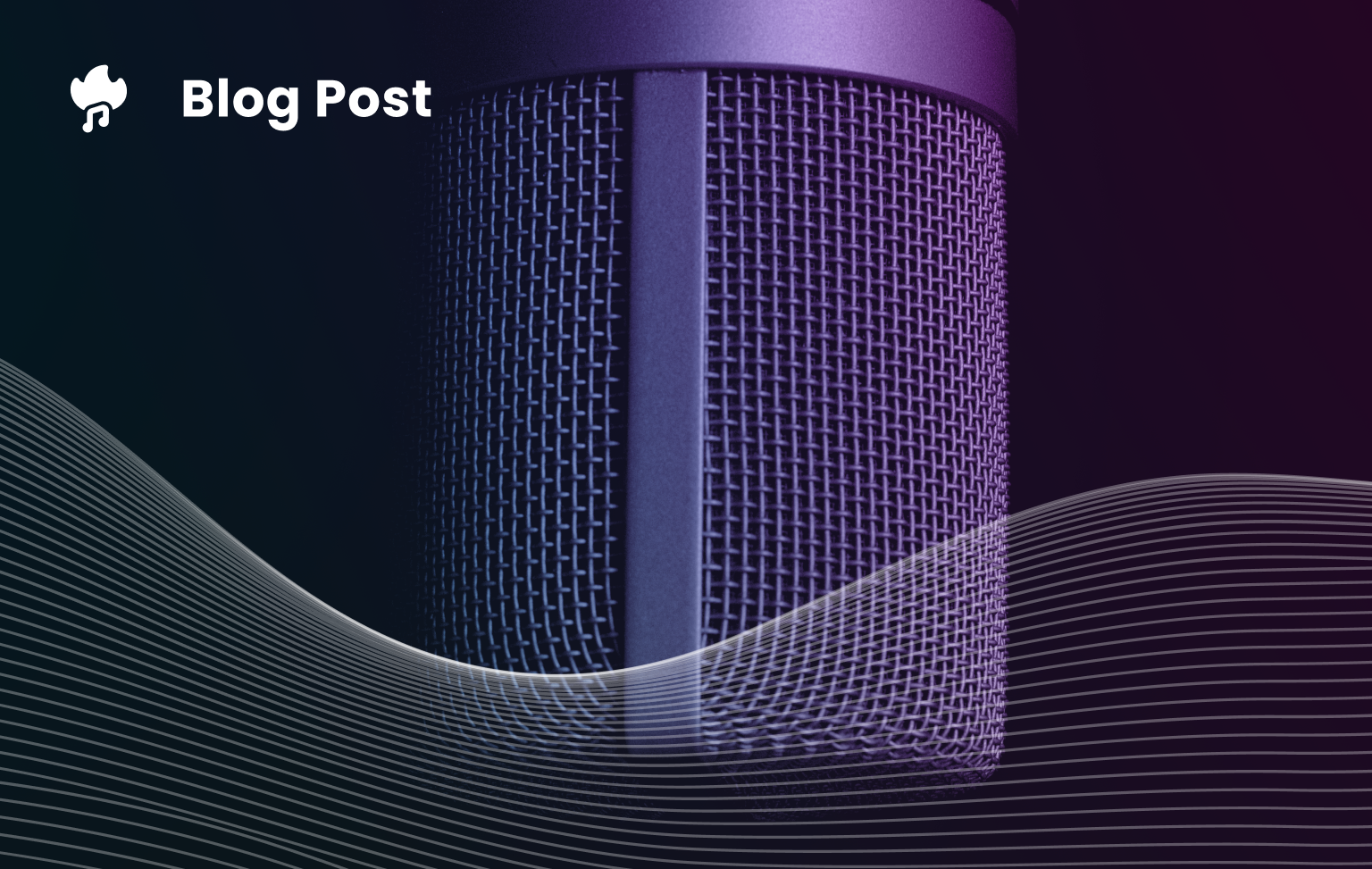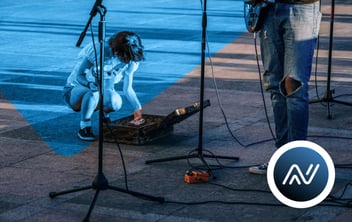Earning Royalties in the Digital Age
Record labels, Publishers and musicians — including artists, songwriters, producers, and composers — receive royalties each time their music is consumed. To get a proper understanding of the economics underlying music consumption, it is important to understand: what are music royalties and where do they come from?
With this contribution we want to give more insights to investors on the ANote Music platform about these music royalties investment basic concepts.
Music rights and music royalties
When we talk about music, we talk about creative works, and when we talk about creative works, we need to speak about copyrights: more specifically, music rights.
Music rights are a type of copyright - a legal term that identifies ownership of specific rights over original creative works. We can identify two main intellectual property (IP) rights associated with each recorded song:
- Publishing rights (or composition rights) are the rights for the use of a song’s composition (e.g. the lyrics and/or melody).
- Master rights (or sound recording rights) are the rights for the use of the specific recording of a performance of the underlying composition.
Music rights can be licensed, sold, assigned, and otherwise exploited by their respective owners in various ways.
Both types of rights generate royalties based on the different use of either the composition or recording. The owner of the master recording is paid whenever the recording is sold (physically or digitally), performed publicly or synchronised (utilised as the soundtrack for a movie, ads, tv series, and so on). Because the composition is the melody and lyrics that make up the song, the owner of the composition also gets paid whenever any master containing the composition is sold (physically or digitally), performed publicly, or synchronised.
Note: It's important to note that the right to a master recording is specific to that recording, so if there are multiple recordings of the same composition (e.g. covers, remixes) the master recordings may have different owners and may be exploited and licensed separately.
From analogical to digital consumption
The current music consumption system is the result of a long innovation process, which led the entire industry to shift from an analogical consumption - attached to traditional source of royalties as CDs, cassette tapes and vinyl sales - to a predominantly digital consumption, with streaming platforms leading the change.
Although digital methods for consuming music are novel, NME reports that regulatory authorities like the Copyright Royalty Board (in the U.S.) continuously fight for fairer rates for musicians. Last year, they succeeded in increasing songwriters’ streaming royalty rates in the United States: following to the settlement known as “Phonorecords IV” or “CRB IV”, starting from January 1, 2023, songwriters and music publishers will be paid a headline rate of 15.35% of a given interactive streaming service’s US revenue by 2027.
As the music ecosystem evolves, musicians get access to better and wider opportunities to earn royalties. Let’s discuss some of the ways artists can earn money from the digital consumption of their music.
Streaming royalties
Music rights holders (artists, record labels, publishers) earn royalties every time their music gets streamed on music streaming platforms like Spotify, Apple Music, Amazon Music, Deezer and many more. Essentially, the more a song gets streamed, the more royalties it generates.
Despite the general conception of a model based on a pay per stream, the reality is that each streaming platform has a different model for computing the royalties that are due to each artist streamed on their platform. Spotify, for instance, uses a system called pro-rata model, which can vary depending on contracts with the licensors, the country the music is streamed in, and the total streams in that particular market. Before choosing streaming platforms, music rights holders should familiarize with how the different streaming platforms calculate royalties so that they can secure a good deal.
Digitally printed music
Digitally printed music represents an alternative source of royalties for artists. Digital libraries often display sheet music and tabs together with song lyrics. It is the case of Scribd, for instance, which publishes sheet music ranging from classical music to nostalgic pieces to chart-topping hits.
This represents a great opportunity for musicians to monetise their work, as some websites pay them for publicly displaying their content. Similarly to streaming platforms, each website has different policies for calculating their payout, such as the span of time the sheet music remains available on the website or the revenues it generates.
Sync licensing fees
Sync licensing fees are one-time upfront payments that music rights holders receive for the synchronisation of their music with an audiovisual medium: movies, advertising, TV shows, TV series and so on. While these fees have been around before digital streaming, musicians — especially indie musicians — have now wider opportunities to get their music synchronised into platforms like Netflix and Amazon Prime.
These upfront sync licensing fees can reach thousands of dollars at least. In addition, musicians earn performance royalties every time the movie or content their music was featured on is streamed.
Digital downloads
Digital downloads from music digital stores count as mechanical reproduction, making them eligible for royalties. When consumers buy and download music from digital stores like iTunes, Amazon Music, Bandcamp, artists get earnings like they would if they sold a physical copy of their music.
However, although performance, streaming, and synchronisation revenue have grown over the last two years, our article ‘The Global Music Industry Reaching New Peaks — Everything You Need to Know’ explains that downloads seem to be declining. Although consumers often choose to stream music instead of downloading, mechanical royalties can represent an important source of revenues for artists, since some platforms allow both streaming and downloading.
The digital age has given musicians more control and opportunities over the distribution of their music. Being aware about how different royalties work is paramount to get a proper understanding of where the royalties you receive from music investments into the ANote Music platform come from.
For the latest updates on royalties and the music industry, check us out here at ANote Music.
Stay tuned!
ANote Music



